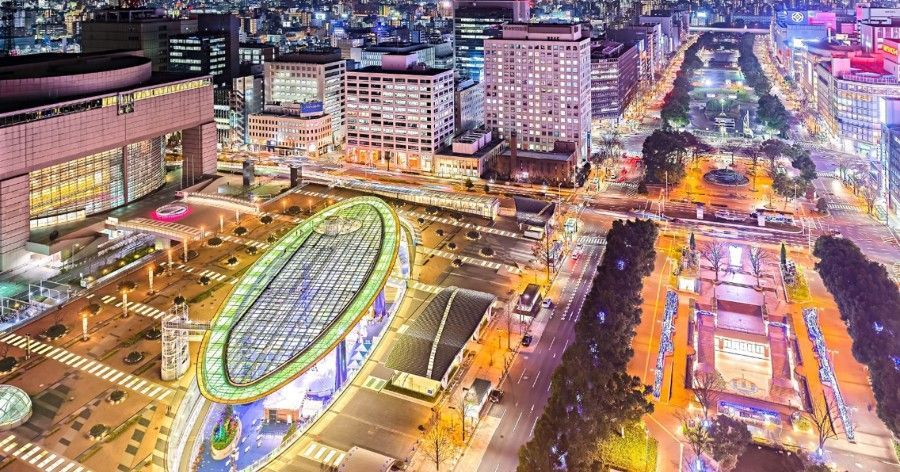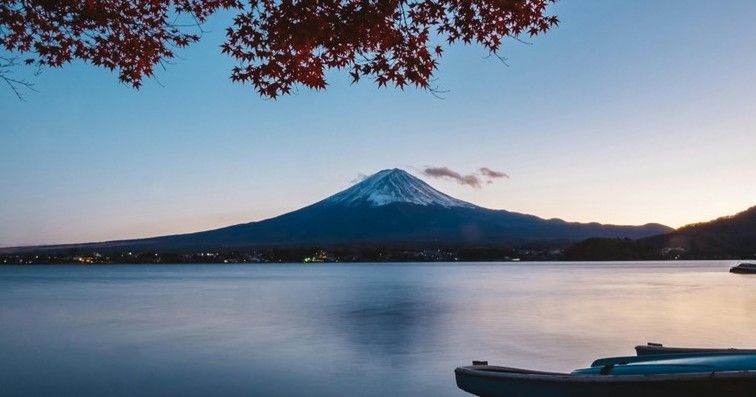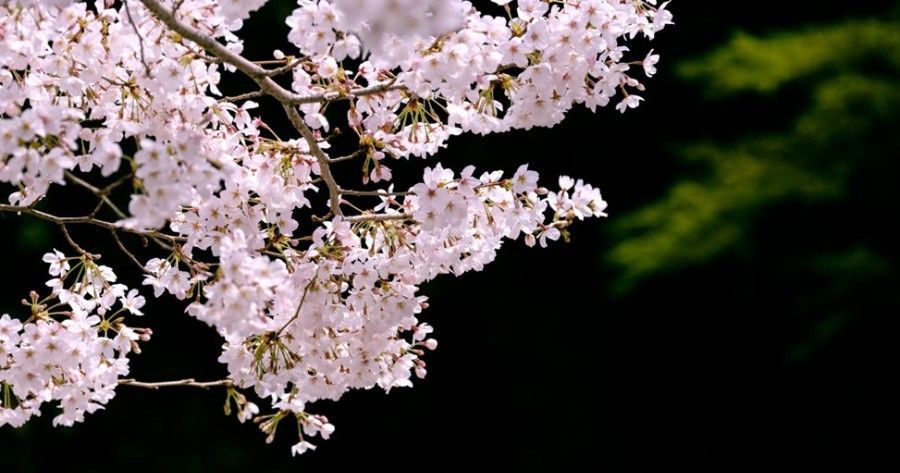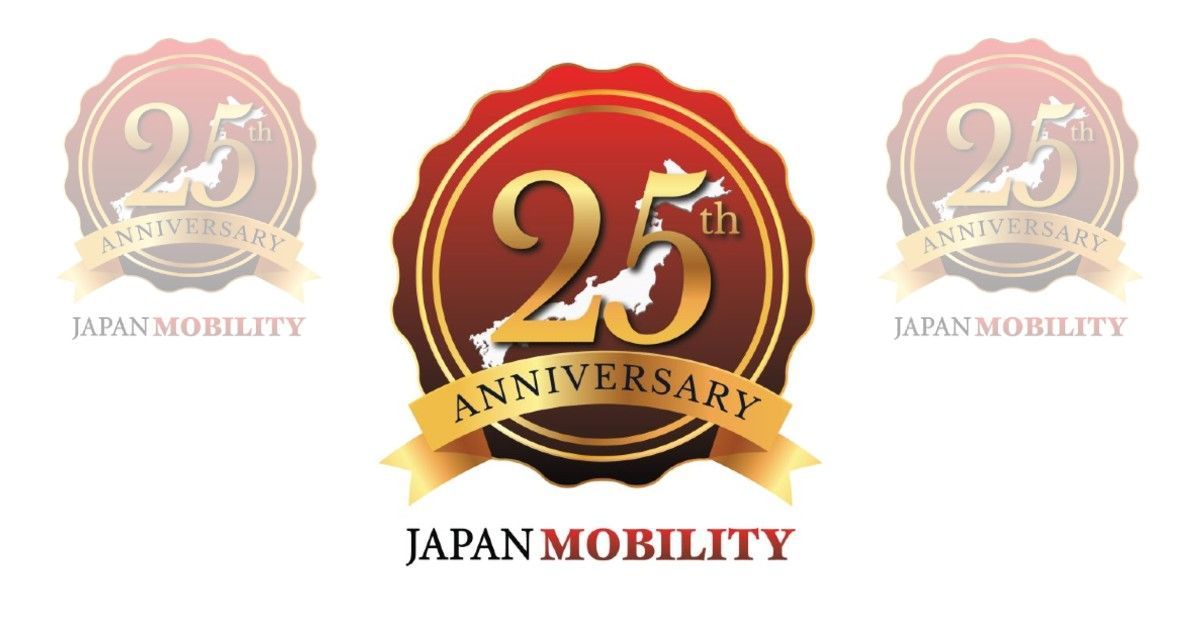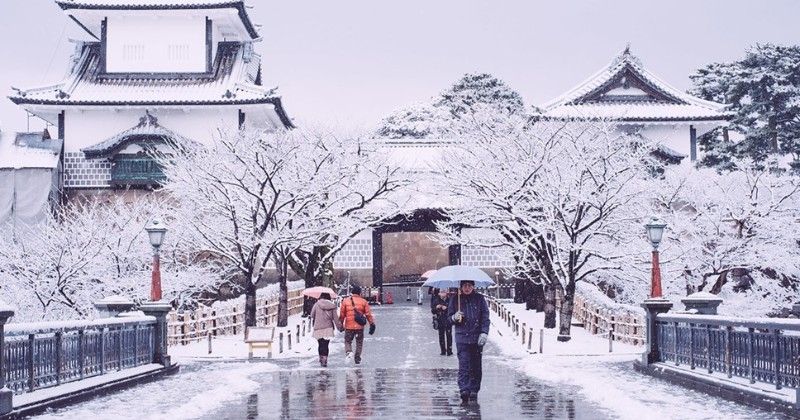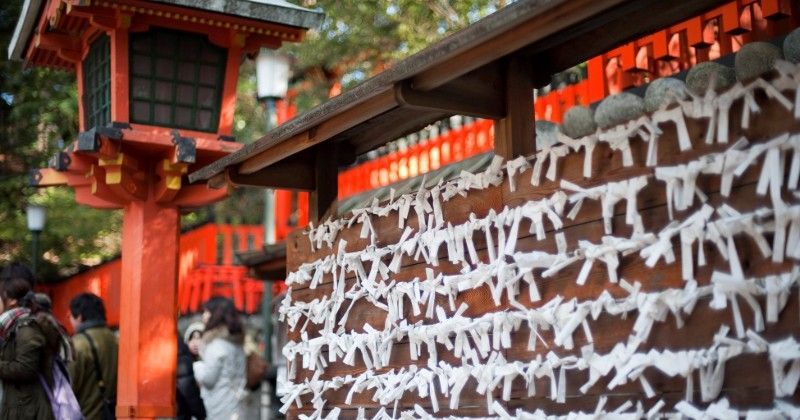Discovering Nagoya Castle and Park: A Journey Through Time and Tranquillity
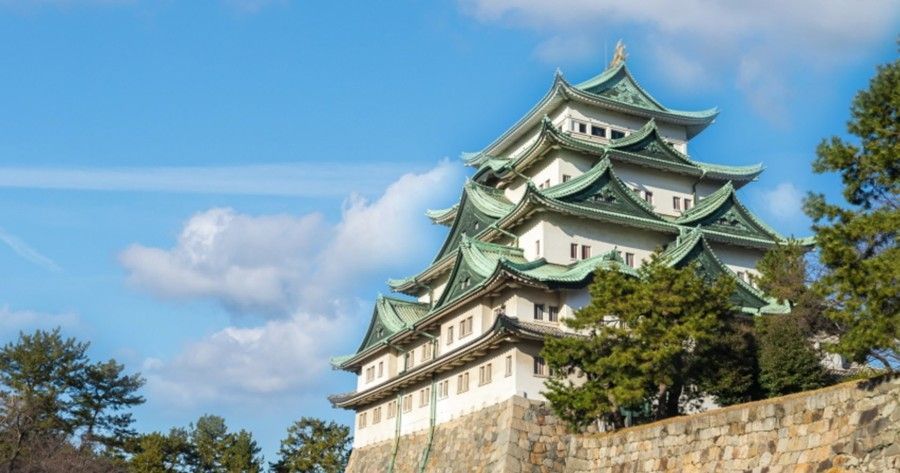
Nestled in the heart of Nagoya, Japan, Nagoya Castle (名古屋城, Nagoyajō) stands as a majestic symbol of the city's rich history and cultural heritage. Surrounded by serene gardens and moats, this iconic landmark offers a perfect blend of historical exploration and modern leisure.
🏯 A Glimpse into History
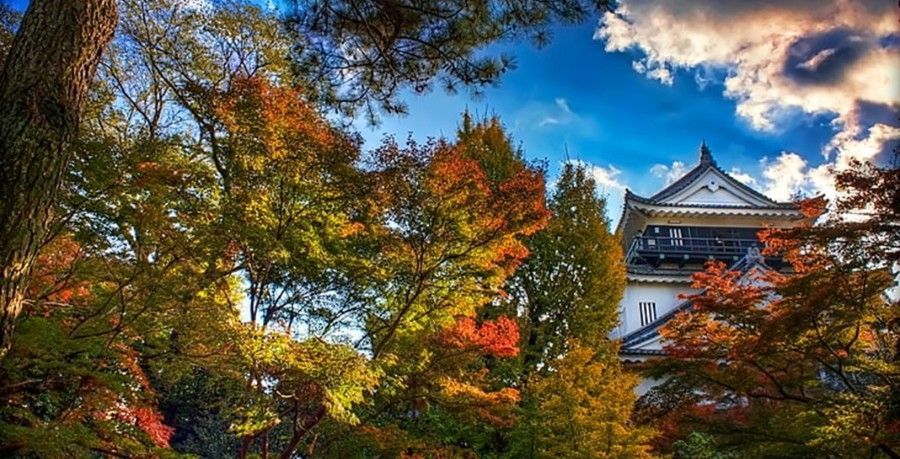
Nagoya Castle was commissioned in 1610 by Tokugawa Ieyasu, the founder of the Tokugawa shogunate, and completed in 1615. It served as the seat of the Owari branch of the Tokugawa family, one of the most powerful clans during the Edo period.
The original structure was largely destroyed during World War II air raids in 1945. However, the Hommaru Palace has been meticulously reconstructed using traditional techniques and materials, reopening fully in 2018. The main keep, a ferro-concrete reconstruction from 1959, is currently closed due to earthquake safety concerns, with plans underway to rebuild it in wood by 2032.
🌸 Leisure and Exploration
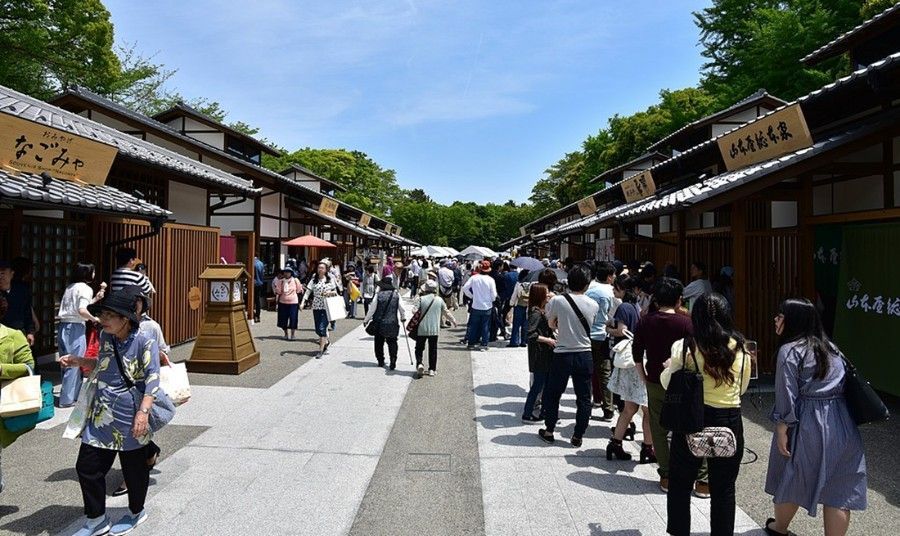
The castle grounds are more than just a historical site - they're a vibrant public space:
- Seasonal Beauty: The park is a popular cherry blossom (sakura) viewing spot in spring, drawing crowds for hanami picnics.
- Gardens and Moats: Stroll through beautifully landscaped gardens, cross stone bridges, and admire the double moats and corner turrets.
- Cultural Exhibits: Inside the Hommaru Palace, visitors can view replicated fusuma (sliding door) paintings, traditional tatami rooms, and Shoin-style architecture.
- Events and Festivals: The castle hosts seasonal events, including samurai performances and traditional craft fairs.
- Shops and Restaurants: There is a selection of restaurants just outside of the castle for you to enjoy some local cuisine and drinks.
🚶 Getting There
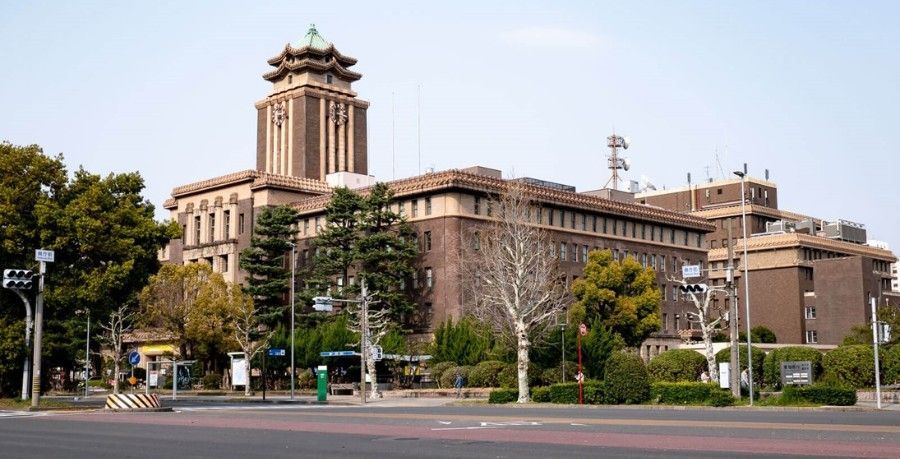
Nagoya Castle is easily accessible:
🕘 Hours and Admission
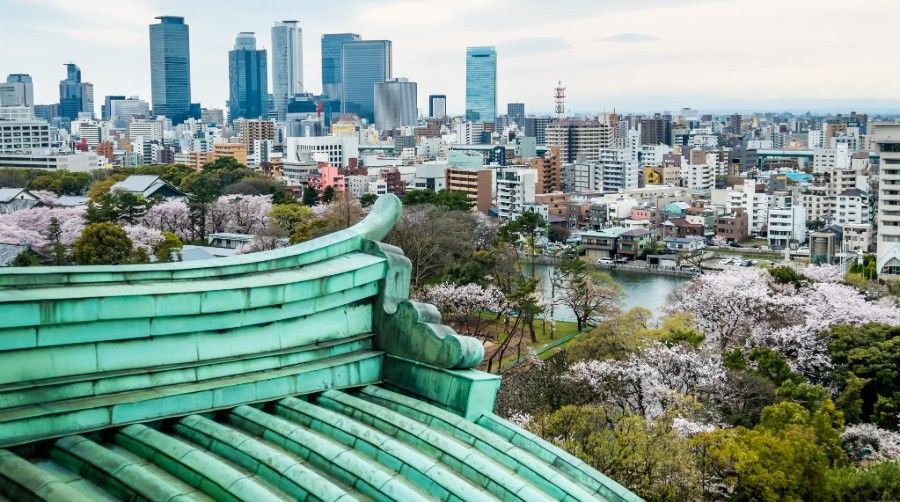
🔗 Learn More
For up-to-date information, visit these official and trusted resources:







